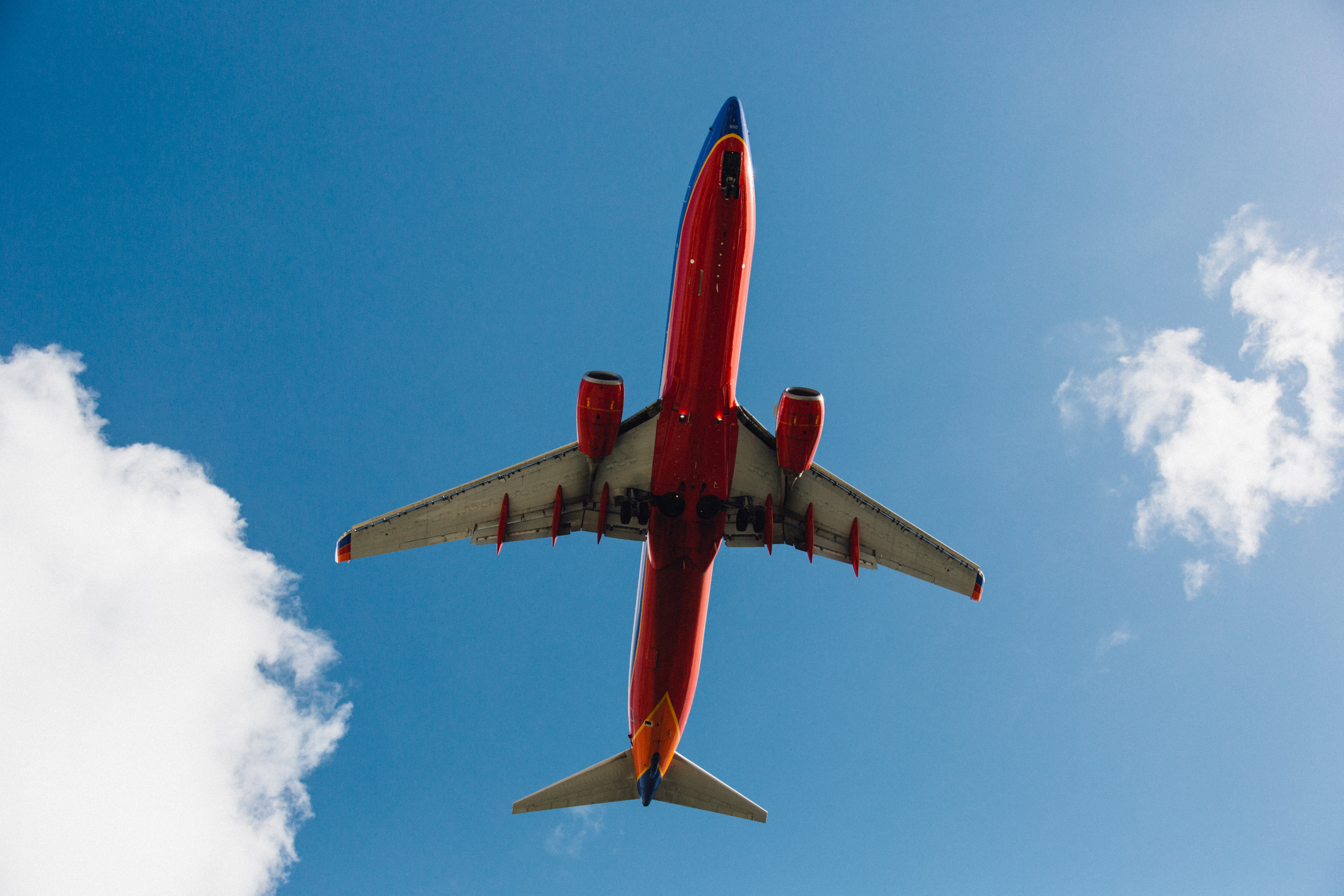Oakland Airport’s (OAK) Flight paths are essential to the Airport’s safe and efficient operations.
Every major commercial airport has typical flight paths for aircraft arriving at and departing from their runways. These maintain the airspace’s high level of safety and allow Air Traffic Control (ATC) to better sequence aircraft for efficient flow. Safety is the number one priority of aviation, but these routes can also be designed to minimize environmental impact in fuel burn, emissions, and noise.

Operational Flow
Aircraft use runways to take off and land. Arrivals and departures travel in the same direction when utilizing an airport’s runways; this is known as flow. The direction of travel largely depends on wind direction, as it is safer for aircraft to land and take off into the wind. Wind provides extra lift which allows the plane to take off safer and faster. Sometimes the wind direction will change, and Air Traffic Control (ATC) will have to make the decision to alter the runway in use and change the flow in and out of the airport.
There are 3 different flight patterns designed to accommodate the typical flows at OAK: the Westerly Operations, Southeast Operations, and Nighttime Operations.

Want to see more?
View live flight tracks and noise levels using our WebTrak Flight and Noise tracker.


